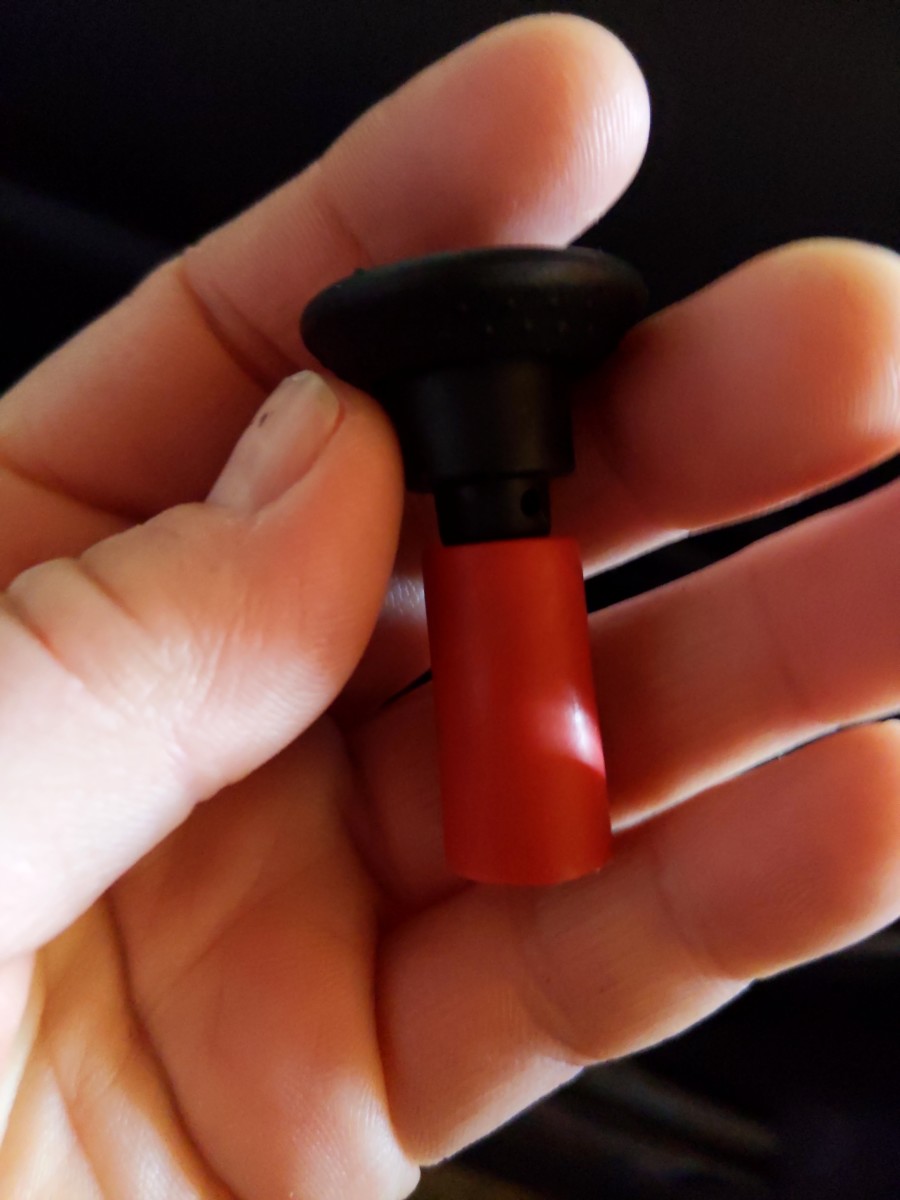A wheel at each corner – the revolution designed by Alec Issigonis
The start of the Mini revolution
In August 1959 (what a year that was!) the first of more than 5 million Minis rolled off the assembly line and into the car showrooms of Britain. They were then called the Austin 7 and the Morris Mini Minor (depending on which badge it had on the rather plain front radiator grill).
This modest-looking, small (not to say tiny) car ushered in a new era in motor car design, an era which is still in full swing now, exactly 50 years later.
Issigonis and his brilliant design team at British Motor Corporation (BMC - the conglomerate formed by the amalgamation of the Austin and Morris companies) were given the task by company head Leonard Lord of designing a car to counter the competition, in a Europe starved of fuel by the 1956 Suez Crisis, provided by the growing popularity of German and Italian “Bubble” cars which were suddenly selling like hot cakes because of their fuel efficiency. He is reported to have said, “God damn these bloody awful Bubble Cars. We must drive them off the road by designing a proper miniature car.”
And that is exactly what the Mini was – a real, but very small car, driven by a proper car engine, and not the modified motor bike engines which drove the “bubble” cars.
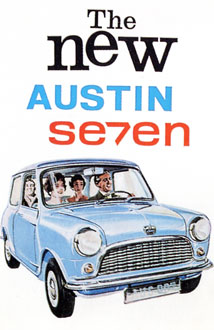
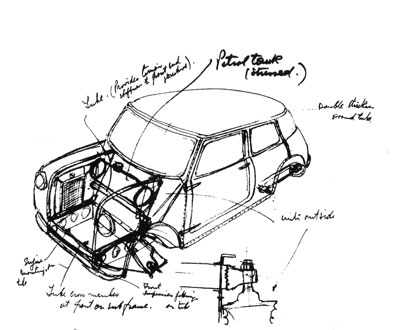
- Automotive technical data and specifications
Carfolio.com is, as far as we know, the most comprehensive database of car technical specifications on the internet. It is a work-in-progress that has taken many years to compile. Currently there are over 10 500 distinct models listed in the database
The genius of the design
The genius of Issigonis's design lay in three innovations: firstly he turned the engine into a transverse position under the bonnet and driving the front wheels; secondly he placed a 10 inch wheel at each “corner” of the car; and finally he used a suspension, designed by his friend Dr Alex Moulton using compact rubber cones in the place of springs, thus saving more space.
As a result of these design innovations the usable space for passengers and luggage was 80% of the car's floorpan.
But perhaps more importantly the design innovations produced a car that was incredibly stable, with truly amazing road holding capabilities, which meant the car was both great fun to drive and had great fuel economy. Its nearest rival on the continent at the time was the Volkswagen “Beetle” which was notoriously unstable and comparatively heavy on fuel.
The success of the design has led to it being almost an industry standard in the world, perhaps outside of the US, with most cars coming off assembly lines in Europe, India, and the Far East being front wheel driven, with their engines mounted transversely. It is just the sheer common sense of the design which makes it so popular. Most manufacturers have overcome the obvious design problems, most importantly the issue of the transmission of power from engine to front wheels via a gearbox, which was in the Mini originally placed inside the sump, with most later manufacturers having separately-lubricated boxes.
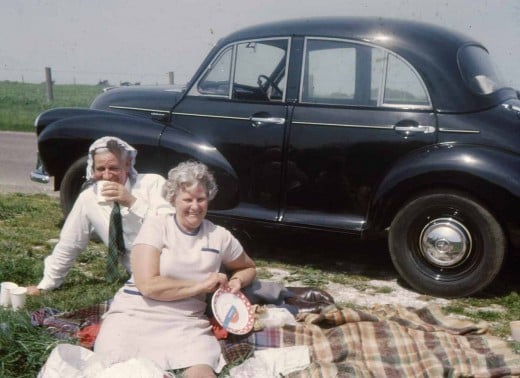
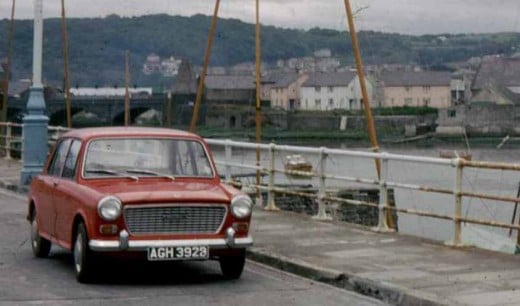
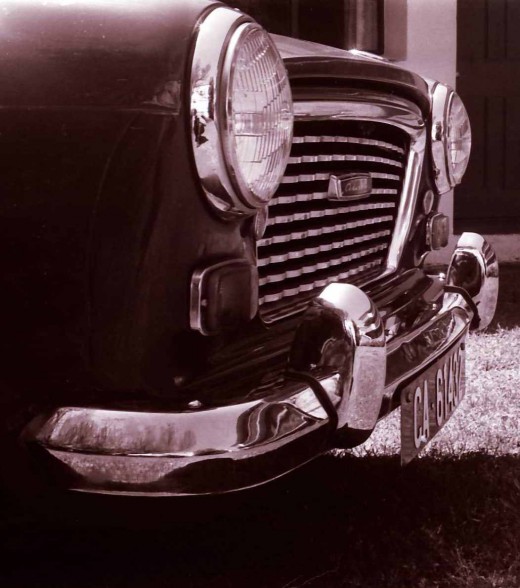
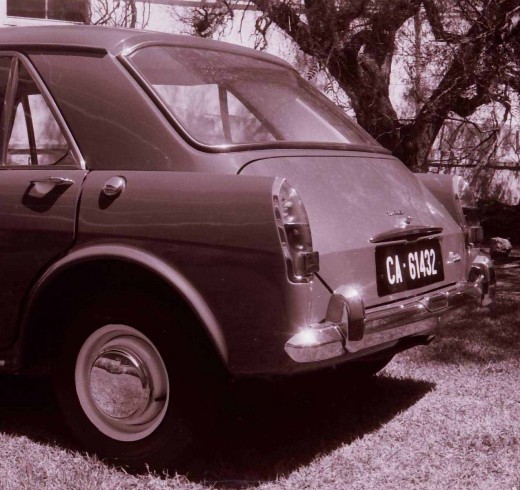
Sir Alec Issigonis
Issigonis himself was born in the then Smyrna (now Izmir in Turkey) of British parents in 1906. His father and grandfather were engineers so his genius for engineering could be said to be inherited.
His father died when he was still young and Issigonis, with his mother Hulda, relocated to Britain in 1925 where he studied engineering at Battersea Polytechnic, failing maths there three times but excelling at drawing.
His first job in the car industry was with a friend making a racing car, the Lightweight Special, which Issigonis himself raced until 1948. He was hired by Morris Motors as steering and suspension engineer in 1936 where he was when war broke out in 1939. During the war he designed and developed a lightweight reconnaissance vehicle for the defence department.
Also during the war Issigonis designed the famous Morris Minor, which was to become such a popular car in the immediate post-war years. It went into production in 1948 and remained on sale until 1971.
Apart from the 1959 Mini, Issigonis also designed the Austin/Morris 1100 which went into production in 1962, the Austin 1800 which went into production in 1964, and his last design, the Austin Maxi which went into production in 1969.
Issigonis was knighted in 1969.
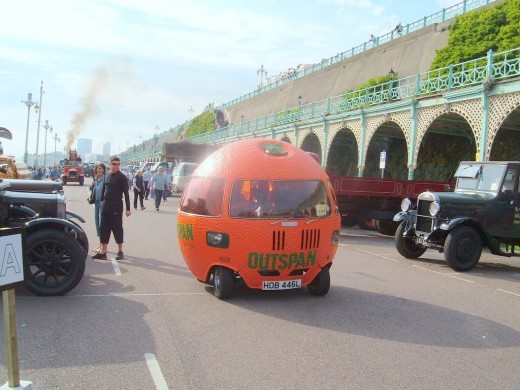
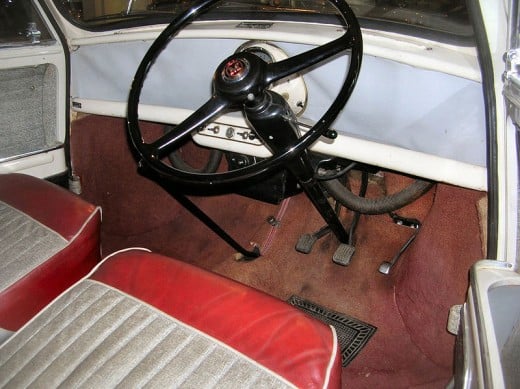
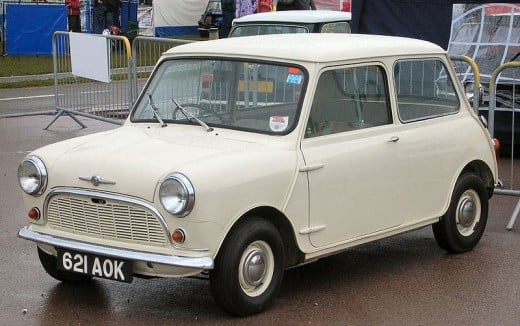
Into the future
The Mini had many different variants in its relatively long production time. There were several versions with higher performance specifications, most notably those designed by Issigonis's friend John Cooper, with whose collaboration the various Mini Coopers and Mini Cooper Ss were produced, to the delight of sports car fans.
The Mini, because of its stability, its amazing road holding capabilities, was popular with racers, especially youngsters wanting to start out in racing.
It won the Monte Carlo rally four times, being unfairly disqualified once, so that officially its tally was three wins.
The “real” Mini went out of production in 1990, the last of the line was a Cooper Sport built in October 2000. By then 5.3 million of the little giants had been built, and the car was an icon.
One of the most famous roles the car played was in the 1969 movie The Italian Job in which three Minis were the get-a-way cars for the sophisticated robbers. Many celebrities owned Minis, including the Beatles, Peter Sellars and Steve McQueen.
The Mini was designed to be a cheap, fuel-efficient and safe car. Its new incarnation as a luxury car is, to my mind, an abomination. The new, so-called Mini, is just a BMW with a Mini badge!



